vhb Demo: Basics Sustainability
Section outline
-
-
Demo course
Basics Sustainability
The course "Basics Sustainability" provides you with the basic technical knowledge for sustainable development and enables you to shape the world of tomorrow in a sustainable way by transferring this knowledge to real examples. You will learn about the interrelationships of social, ecological and economic factors and actors and apply basic sustainability models and analysis methods. You will learn methods of environmental and resource economics and assess the use of sustainability policy instruments. With regard to materiality, you will understand the material cycles of the earth and learn about the production of materials from renewable raw materials and the recycling and disposal of products. Against the background of climate change, you will learn about current technologies and developments and assess measures in the field of renewable energy systems in the context of grid expansion, energy distribution and storage technologies.
Each chapter refers to the UN Sustainable Development Goals (SDGs) and shows you how the content supports the achievement of the SDGs.
Chapter 1 General principles of sustainability
Chapter 1 General principles of sustainability deals with:
Chapter Time [h] Tasks SDGs 1.1 Introduction to sustainability 1,5 2 x Digital activity
1 x Quiz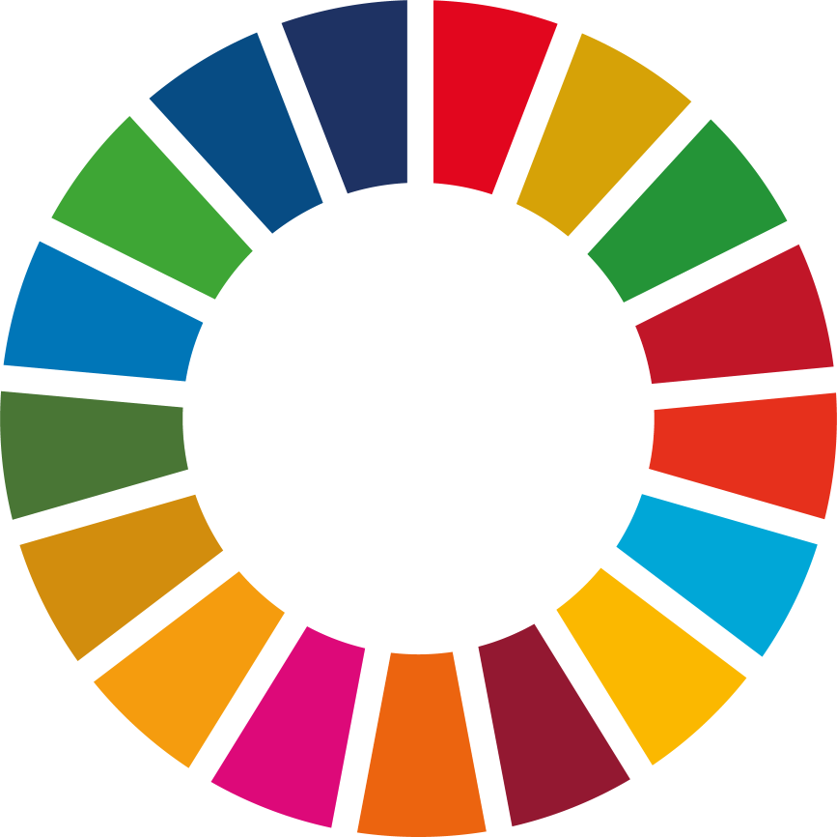
1.2 Social transformation 2 2 x Quiz
1 x Hotspot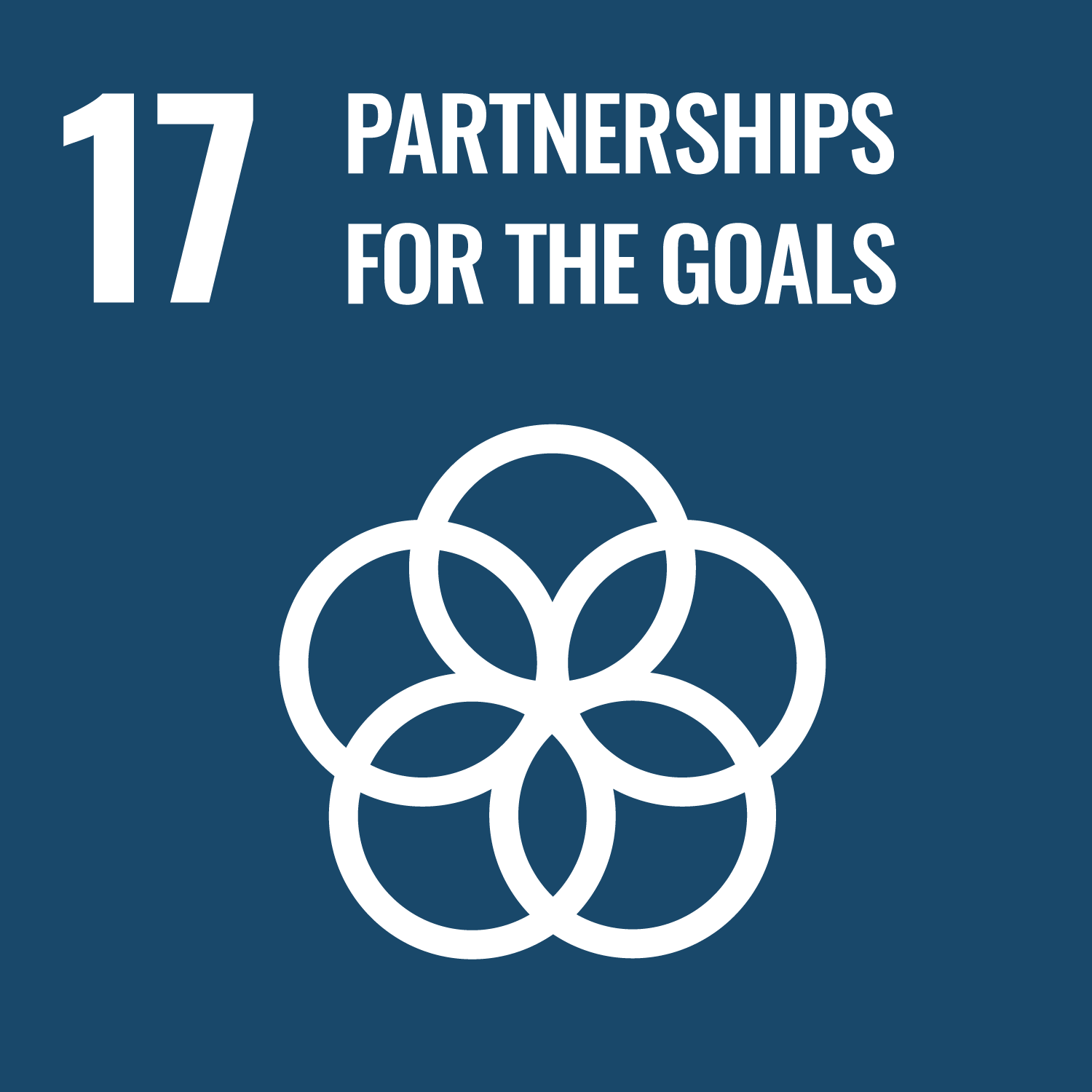
1.3 Corporate social responsibility 2,5 2 x Info slider 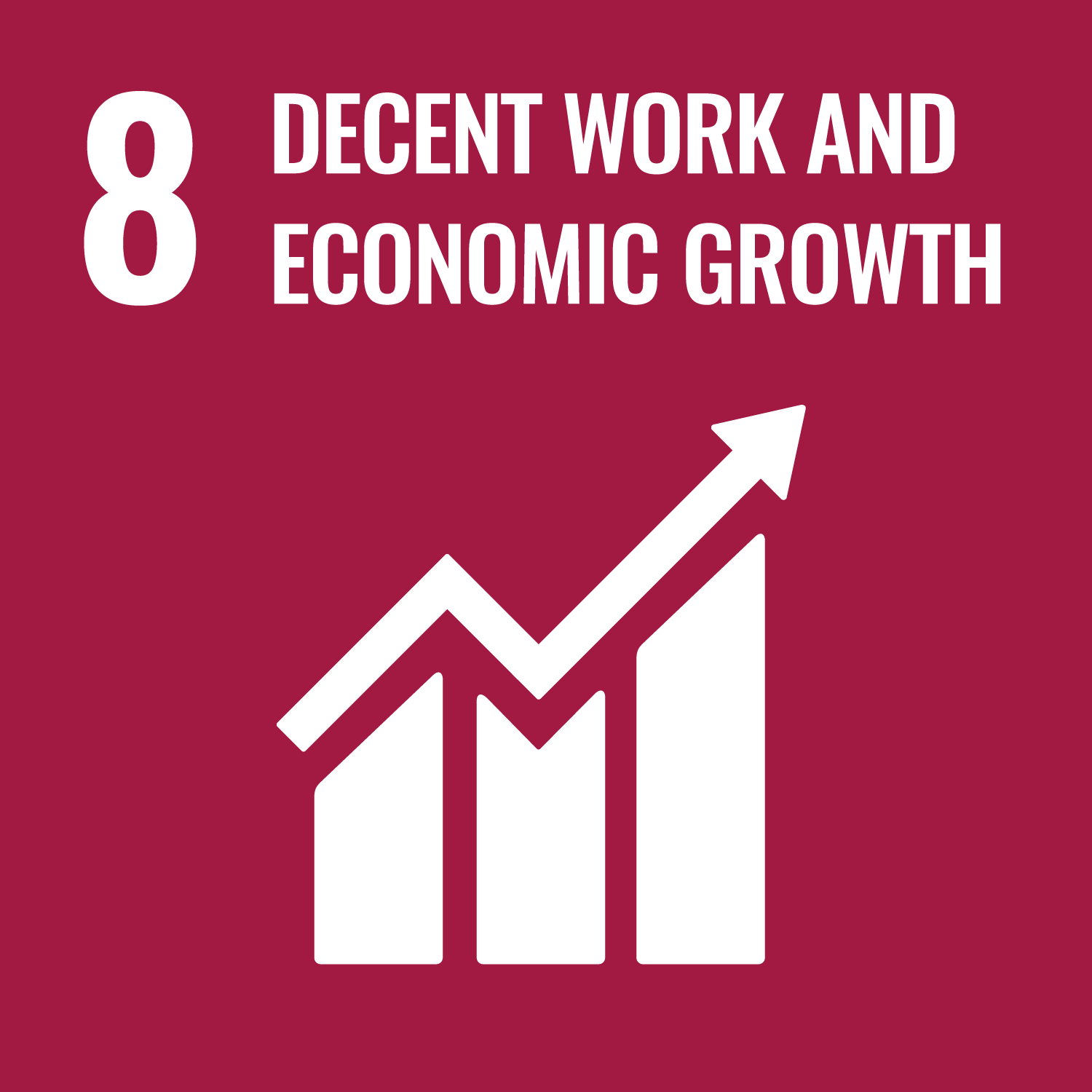
1.4 Sustainability management 3 2 x Hotspot
1 x Gap text
1 x Info slider
1.5 Life cycle assessment 3 3 x Quiz 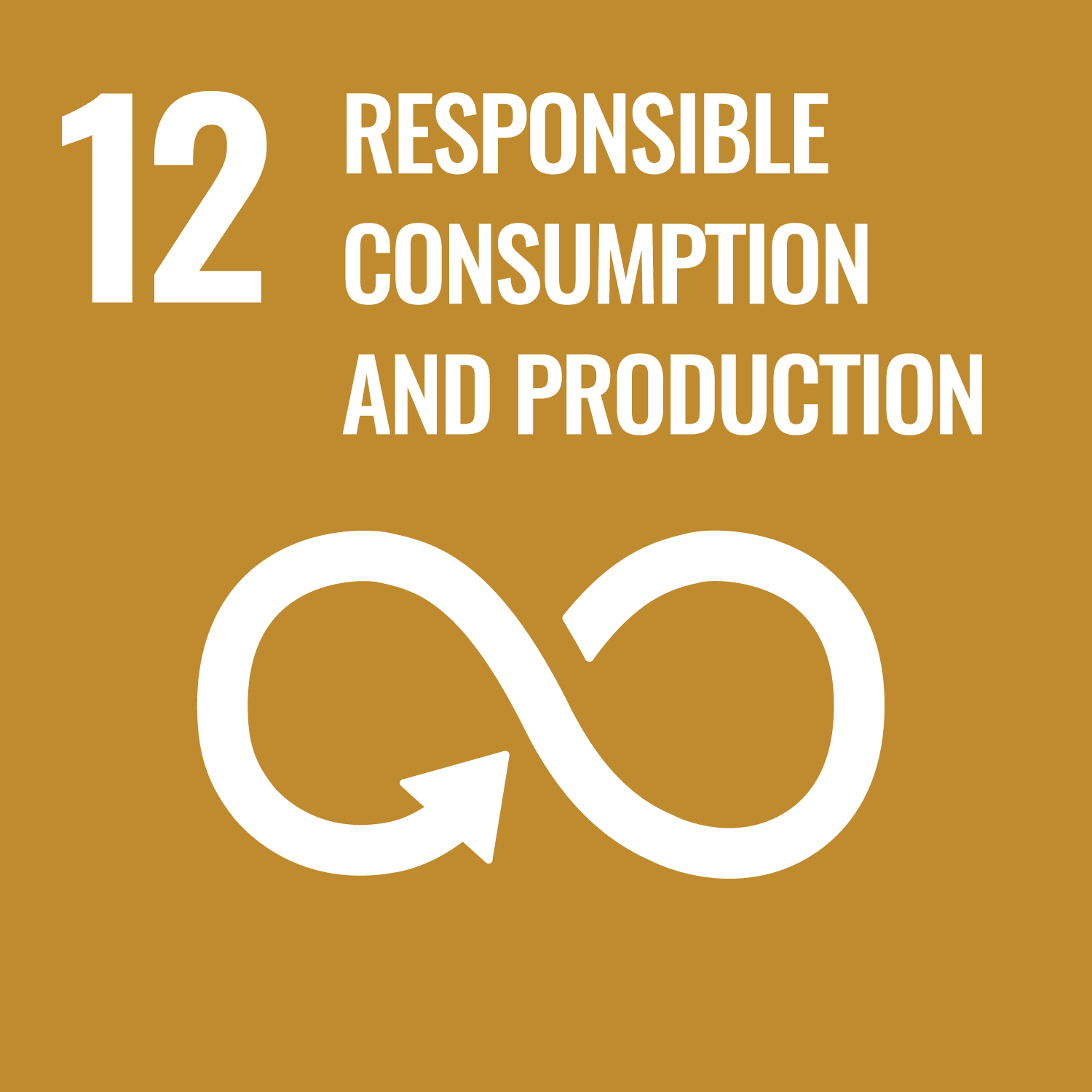
1.6 Education for sustainable development 1 1 x Hotspot
1 x Quiz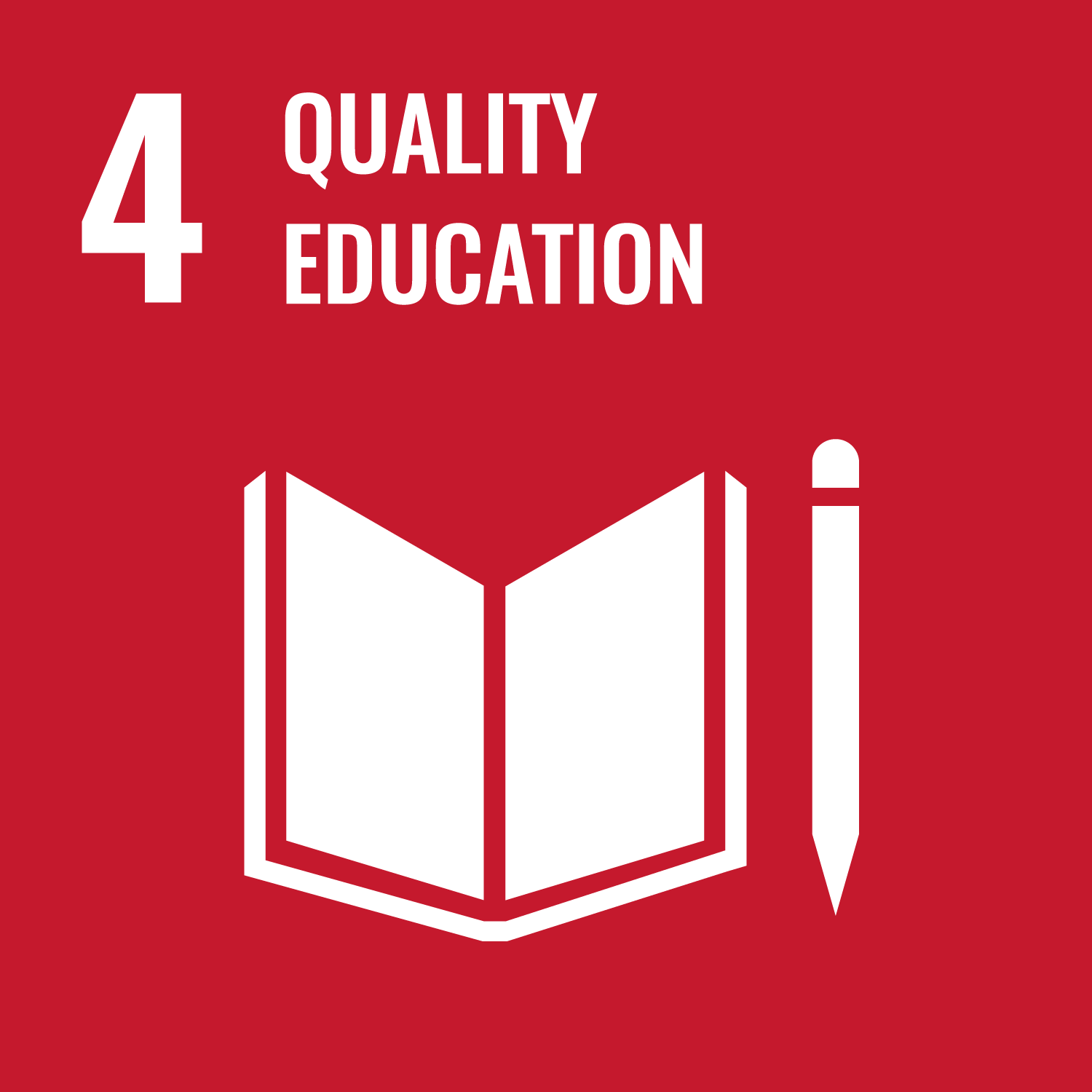
Chapter 2 Economic framework for sustainability
Chapter 2 Economic framework for sustainability deals with:
Chapter Time [h] Tasks SDGs 2.1 Fundamentals of Resource and Environmental Economics, and Economy for the Common Good 3 1 x Calculation task 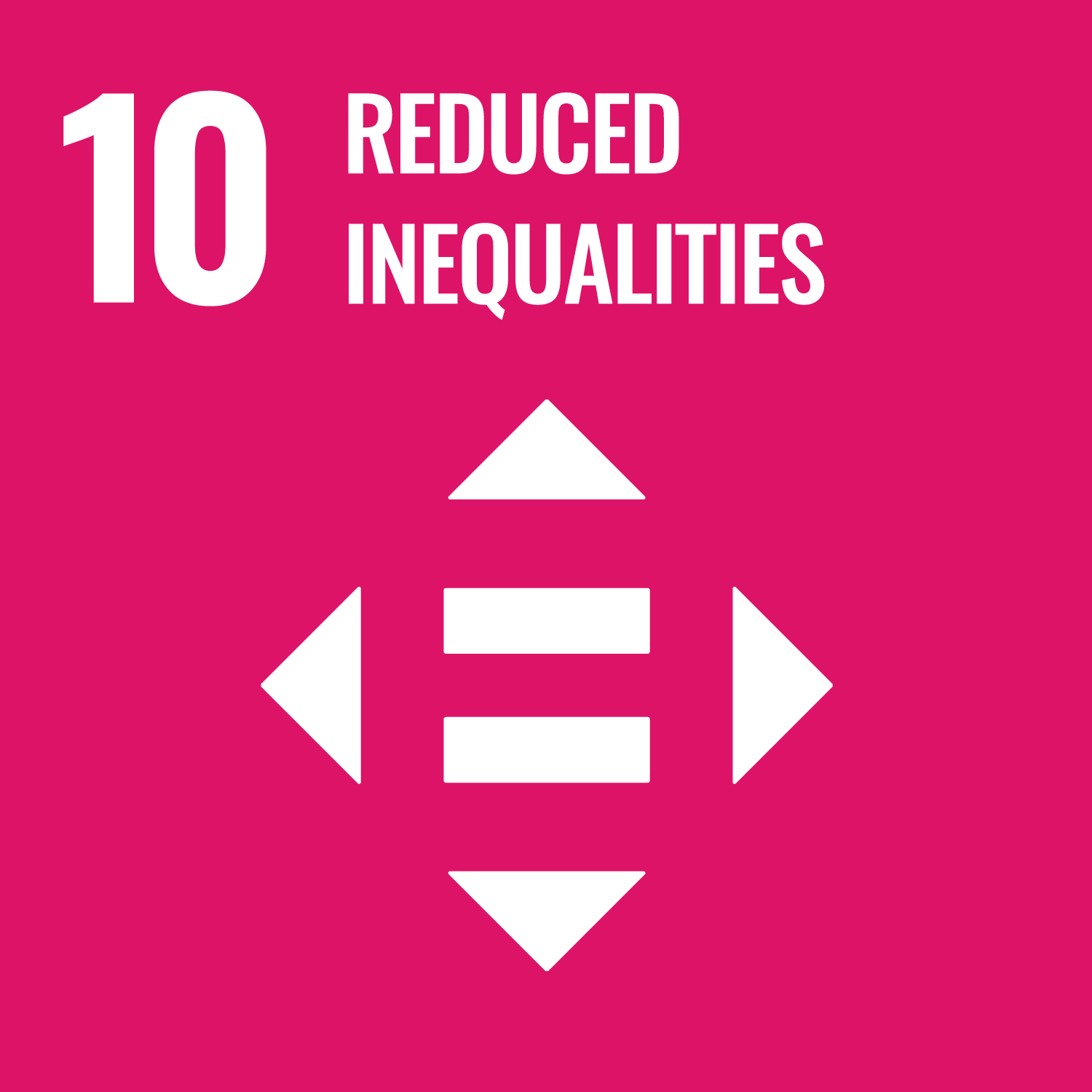
2.2 Sustainability policy 3 3 x Quiz
1 x Brain teaser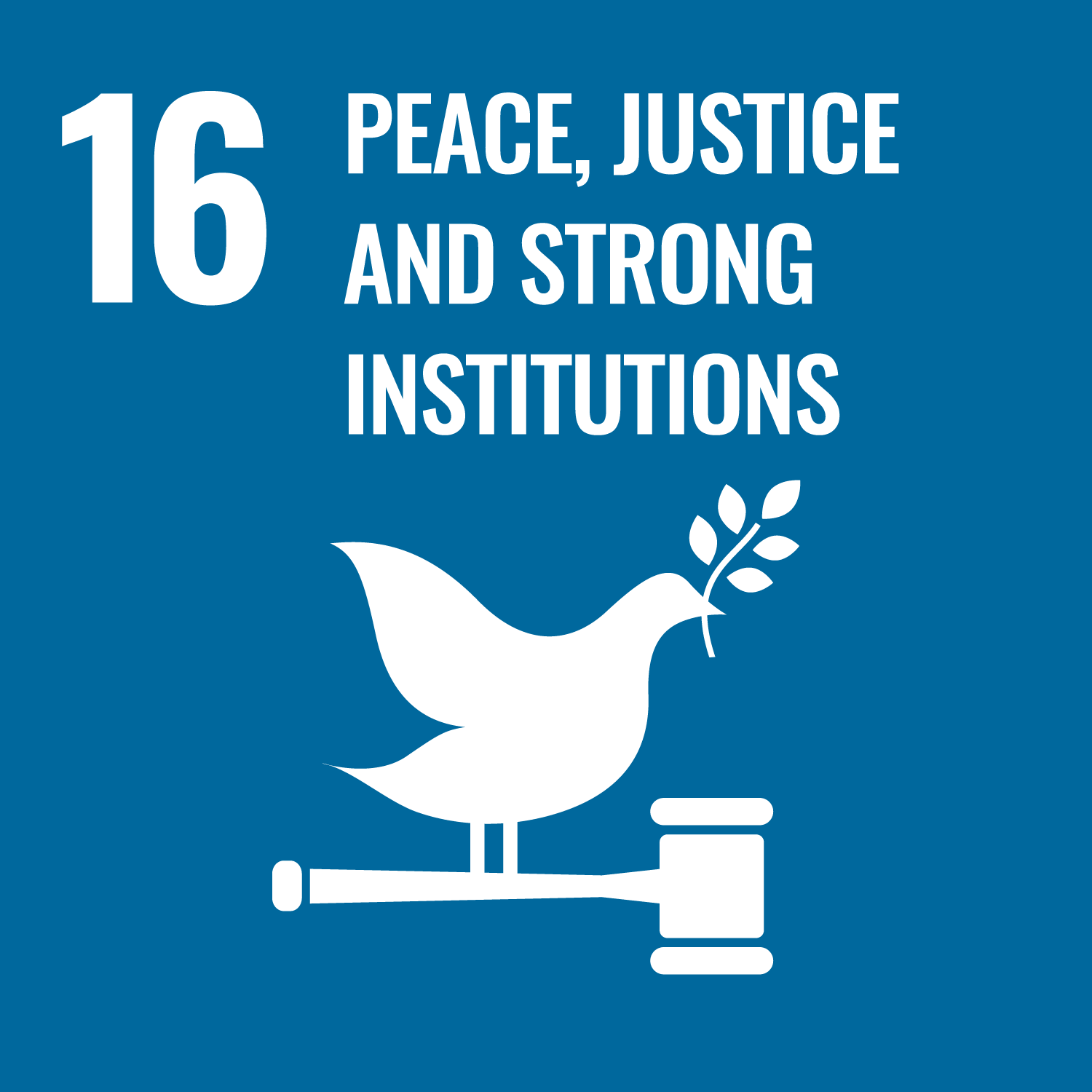
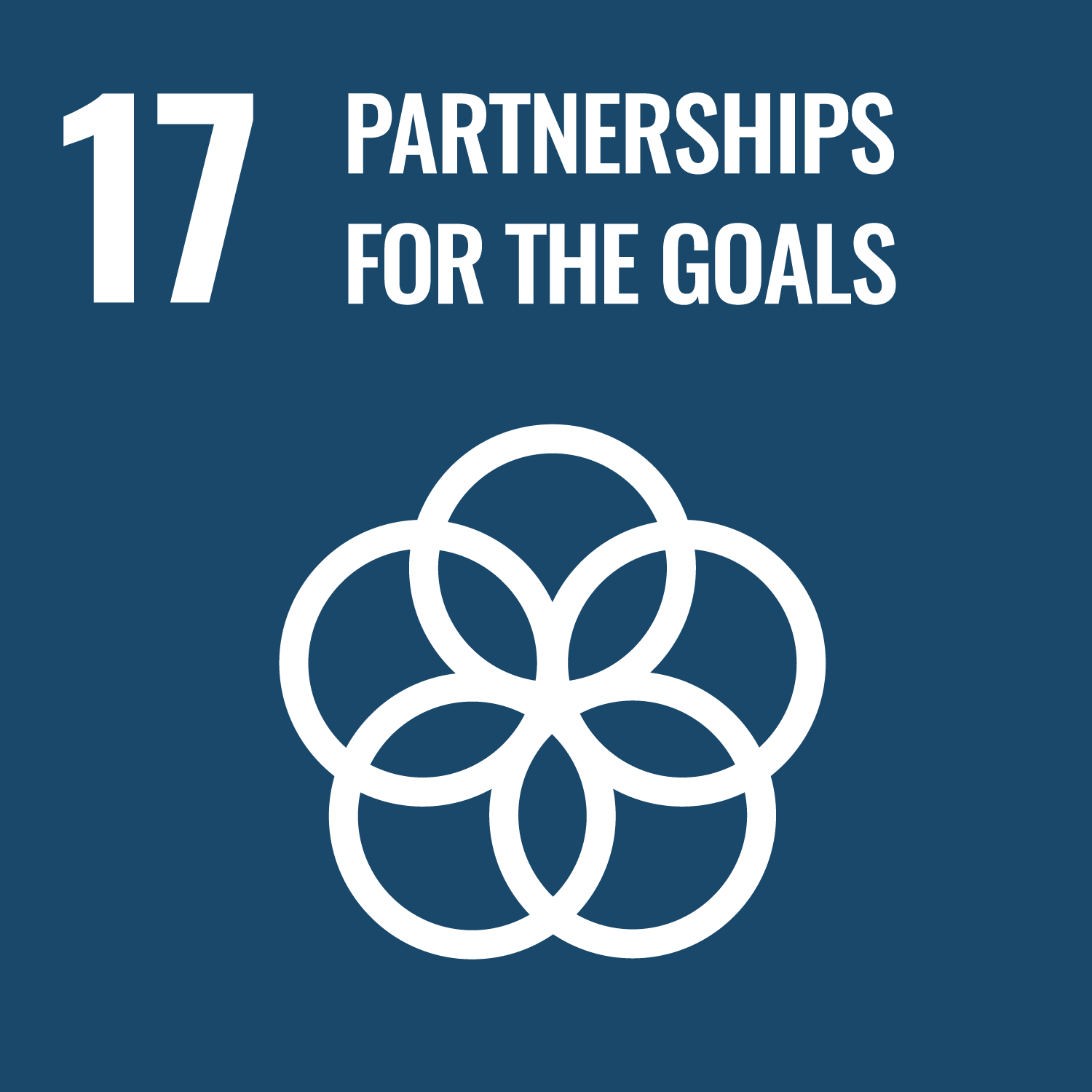
2.3 Game theory and behavioural economics in the context of sustainability 2,5 2 x Task 
2.4 Economics of climate change 2 1 x Quiz
1 x Digital activity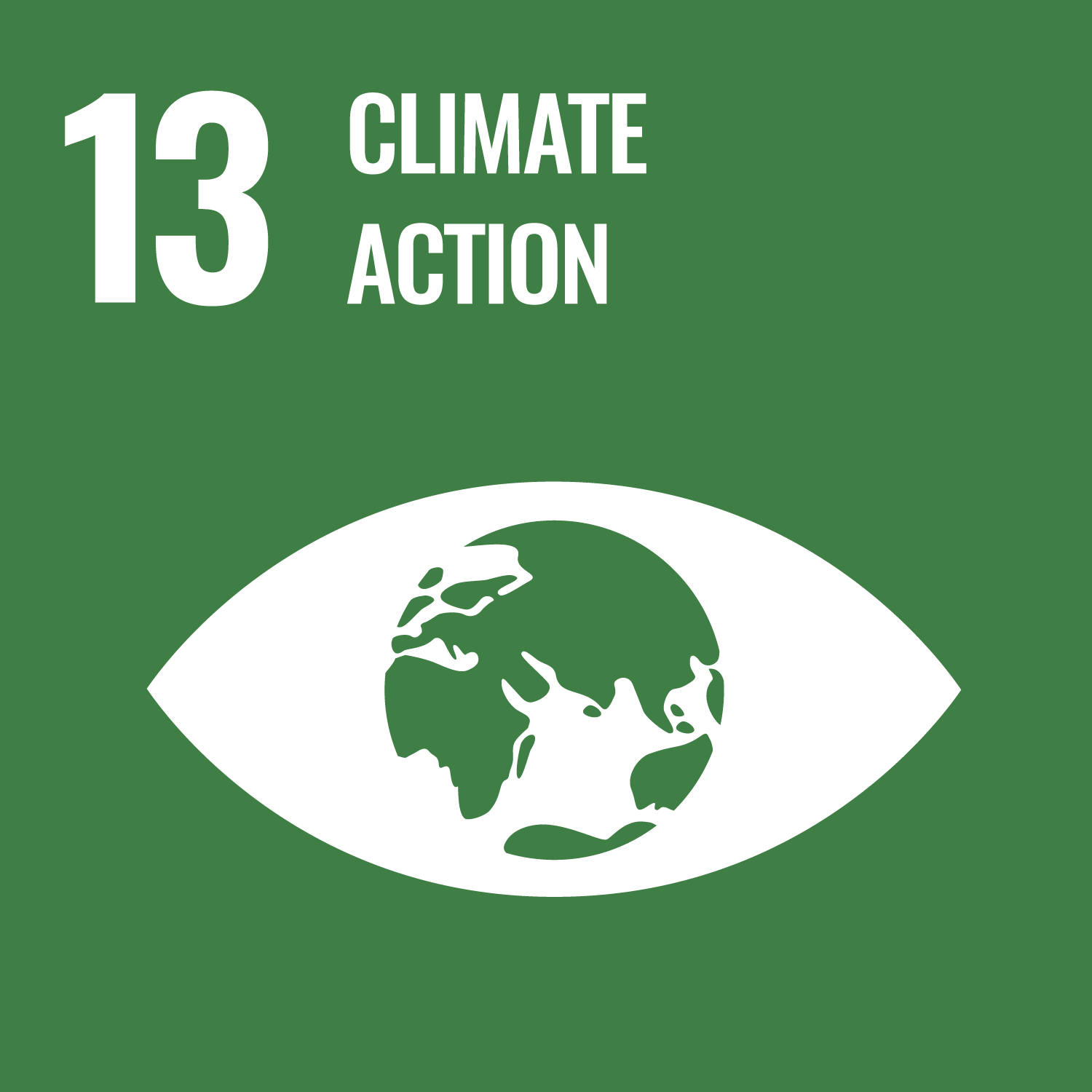
2.5 Sustainable regional development 2 4 x Quiz 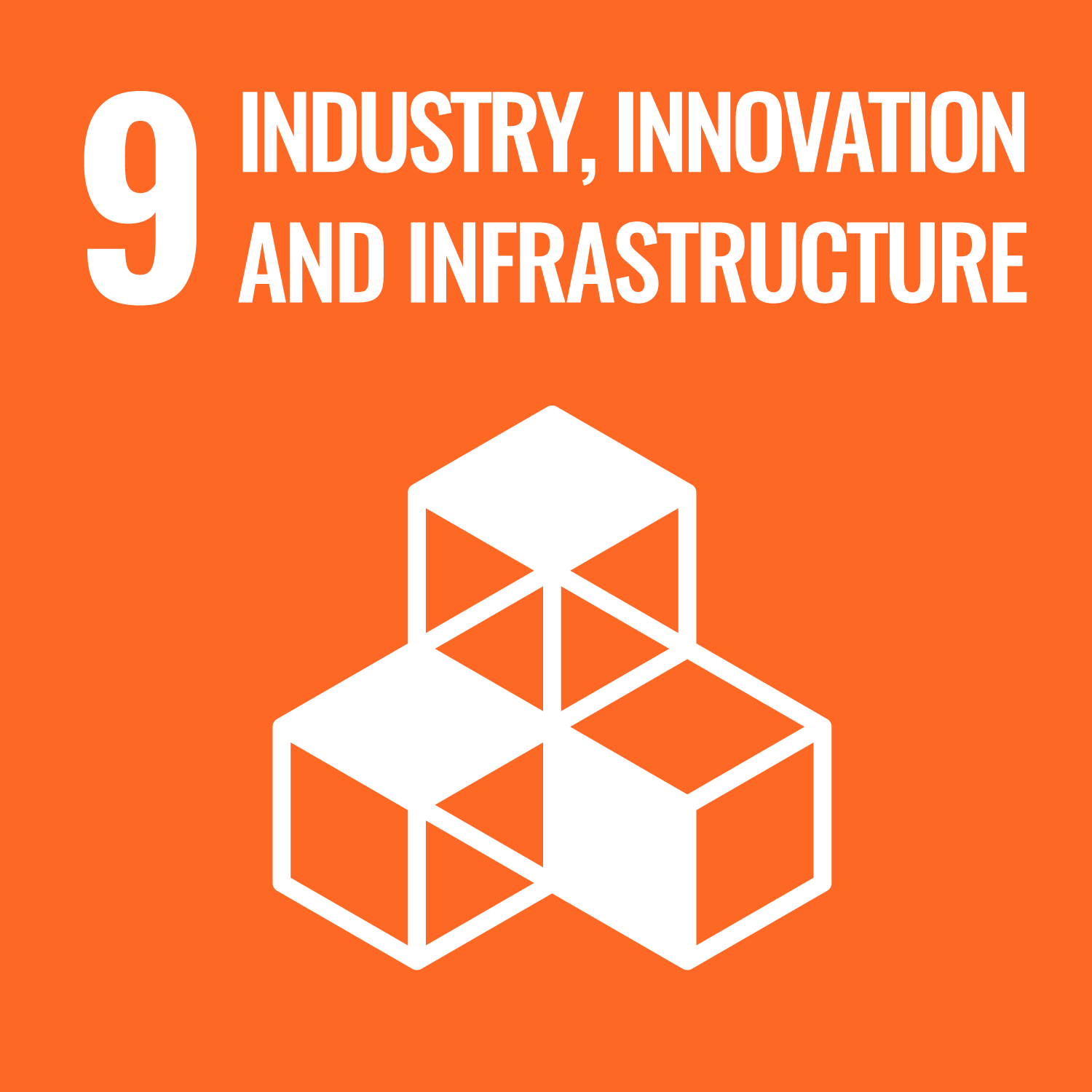
Chapter 3 Materiality and sustainability
Chapter 3 Materiality and sustainability deals with:
Chapter Time [h] Tasks SDGs 3.1 Resource consumption and finiteness 3 1 x Knowledge check
1 x Calculation task
1 x Research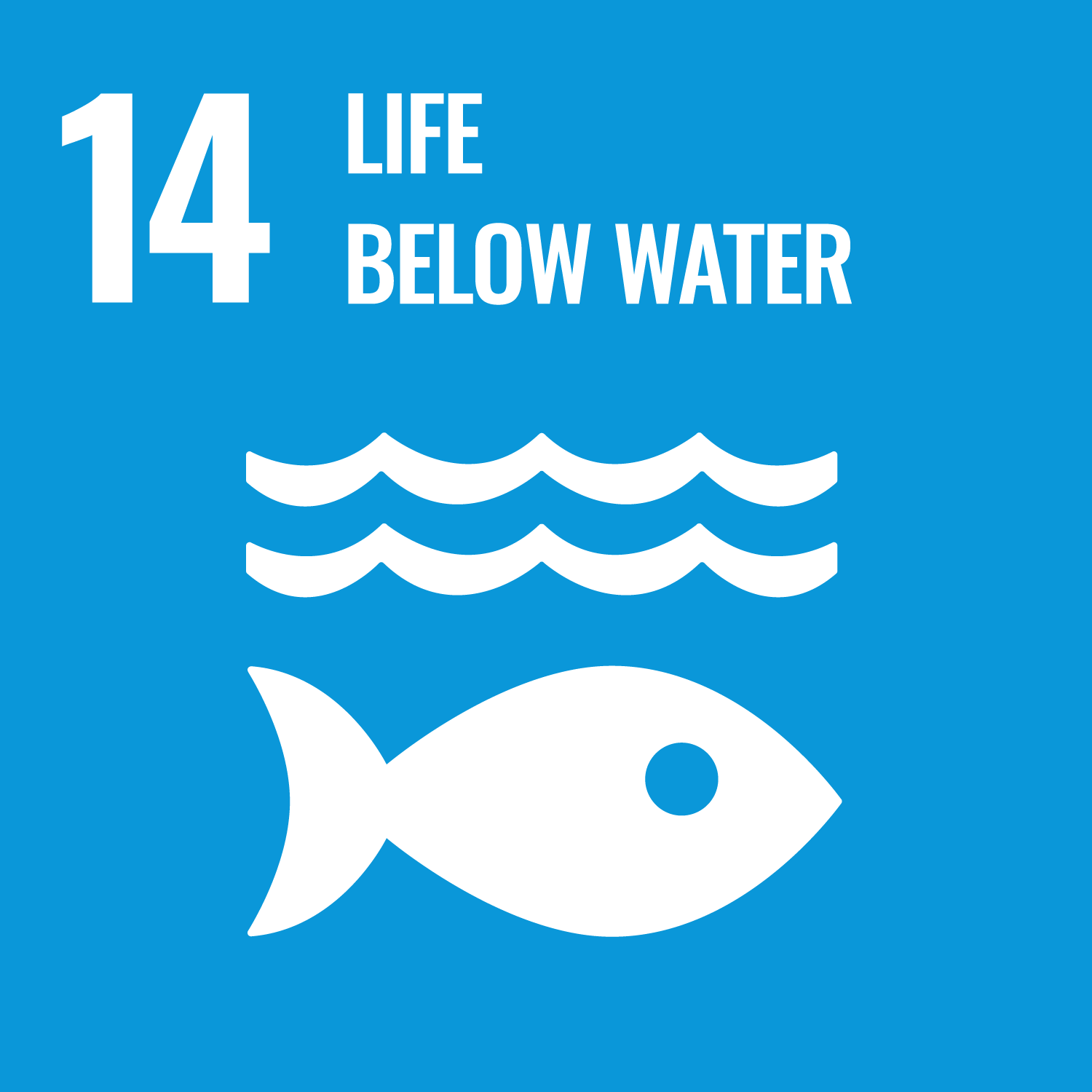
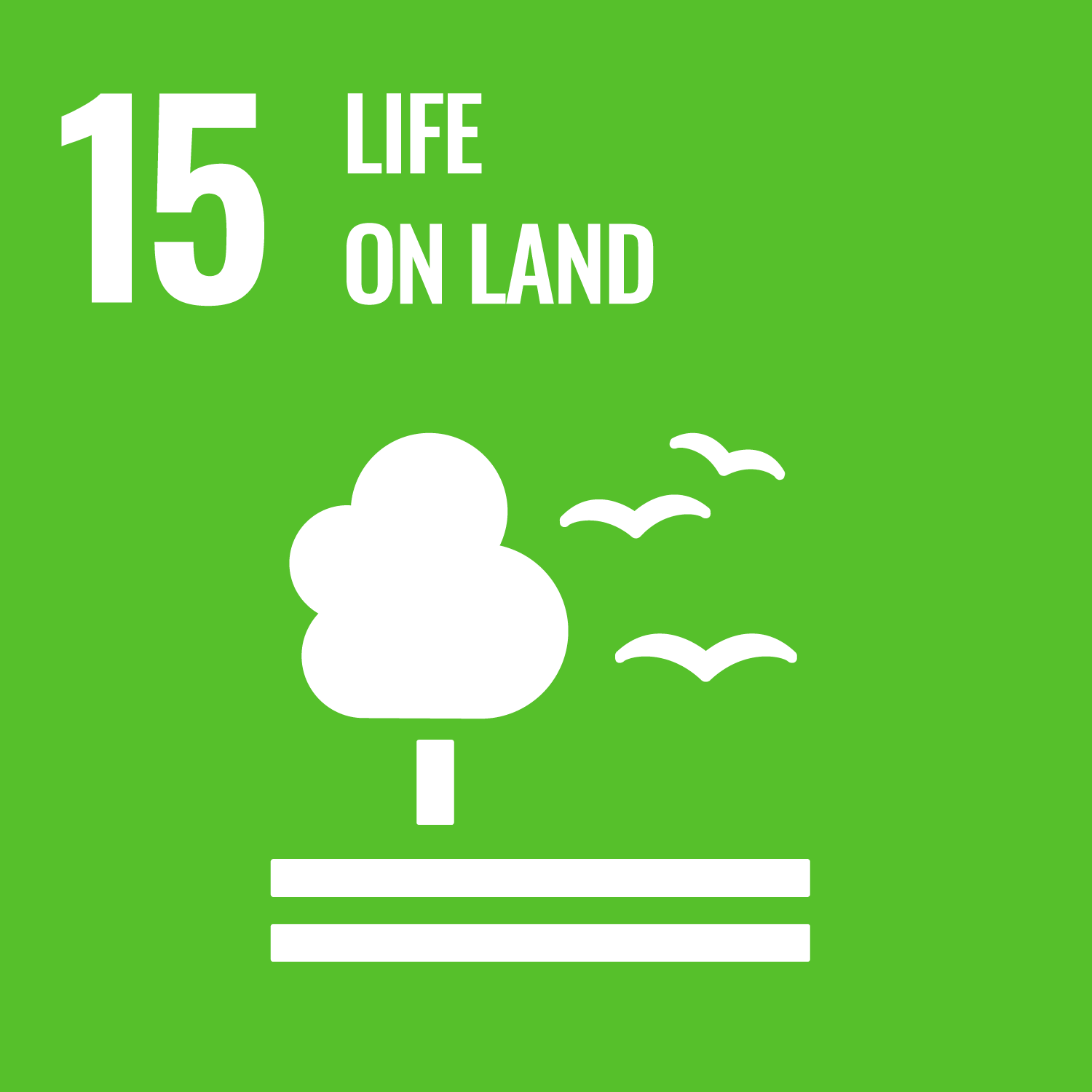
3.2 Primary & secondary biomass and material cycles 2 1 x Knowledge transfer 
3.3 Materials from renewable resources 5 1 x Definitions
4 x Knowledge transfer
1 x Calculation task
3.4 Recycling and biorefinery concepts 4 1 x Literature
1 x Knowledge transfer
Chapter 4 Energy and sustainability
Chapter 4 Energy and sustainability deals with:
Chapter Time [h] Tasks SDGs 4.1 Introduction to energy and sustainability 3 1 x Discussion
1 x Recherche
2 x Knowledge transfer
1 x Calculation task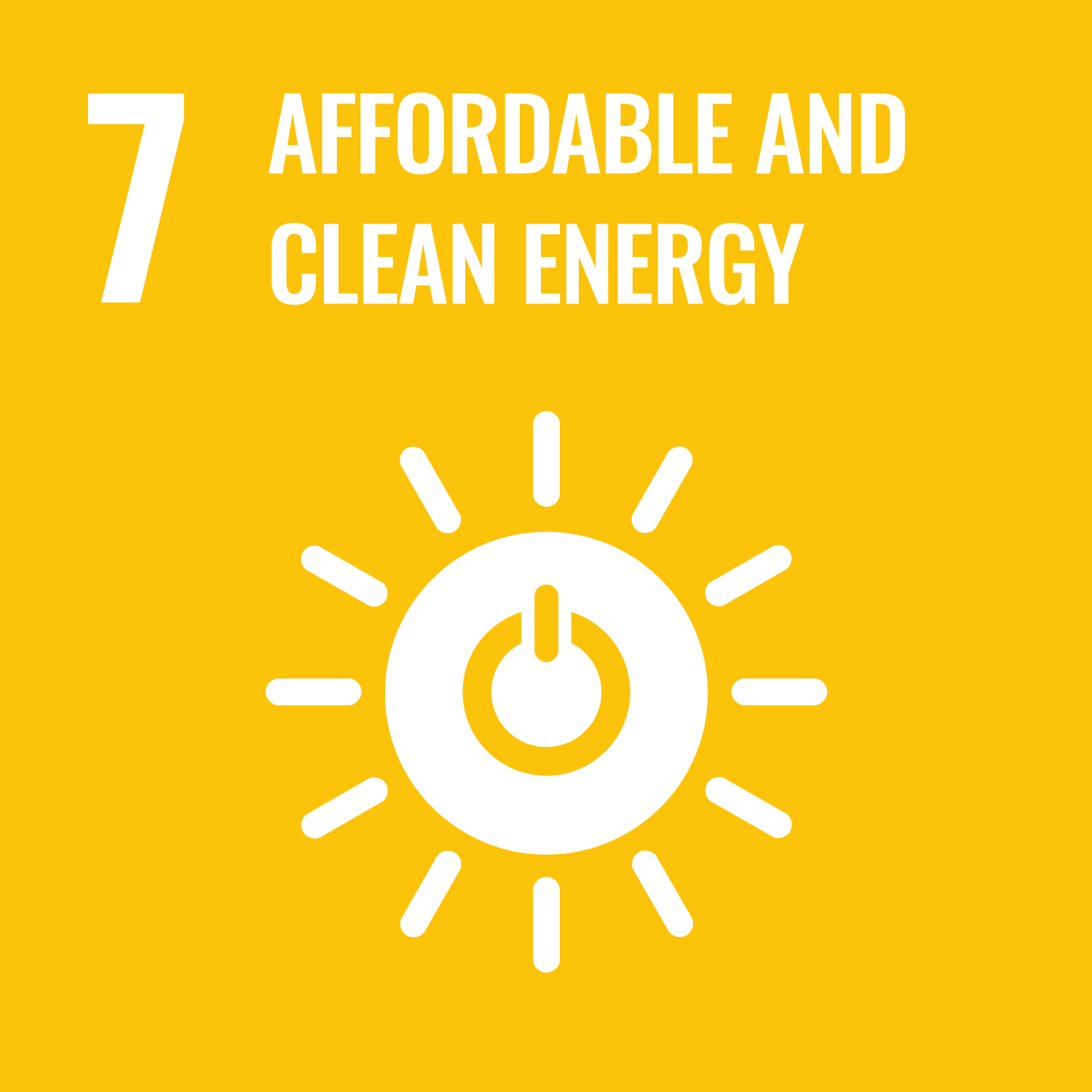
4.2 Climate change and greenhouse effect 3 2 x Calculation task
5 x Knowledge transfer
1 x Digital activity
4.3 Fundamentals of selected technologies 6 1 x Knowledge transfer
2 x Calculation task
1 x Research

4.4 Future energy systems 2 1 x Knowledge transfer 

→ The contents of the excursions contained in the chapters are not directly relevant to the examination.
-
-
-
1.1 Introduction to sustainability

Link to the Sustainable Development Goals (SDG)
Section 1.1 Introduction to sustainability explains the concept of the Sustainable Development Goals and sets out best-practice examples and ways you can get involved.
After studying section 1.1 Introduction to sustainability, you should
- have an understanding of the importance of ecosystem services to humanity and the concept of planetary boundaries.
- be familiar with the concept of sustainable development and be able to distinguish between the main sustainability models.
- be able to place the 2030 Agenda in the historical context of sustainability and reflect on your own contribution to the Sustainable Development Goals.
1.1.1 Ecosystem services Human wellbeing depends on functioning ecosystems, i.e. on functioning relationships between various species of living organisms and their habitat, for example deciduous forest, mudflats, coral reefs and sandy desert. Ecosystems provide "ecosystem services" such as oxygen for breathing, clean water, food, raw materials for medicine and industrial raw materials. They also store greenhouse gases, provide models for technical solutions, and much more. Then there are cultural ecosystem services that significantly enhance our quality of life: we enjoy walks in the woods, the beauty of nature and the recreational opportunities that the countryside offers. However, the Earth's services are limited, and there is increasing evidence of a loss of biodiversity, the finite nature of natural resources and the degradation of ecosystems. A sustainable approach to the Earth’s resources is therefore essential. 4 
Ecosystem services
The term "ecosystem services" refers to the direct and indirect contribution of ecosystems to human wellbeing: goods and services that provide direct and indirect benefits to humans. Those benefits can be economic, material, health-related or psychological. 4
The ecological footprint
Probably the most comprehensive measure of sustainability and ecosystem stress at present is the ecological footprint. It shows how much biologically productive land and water an individual, a population or an activity requires to produce all the resources consumed and absorb the waste produced.
Humans currently consume 60 % more than what can be renewed – or as much as if we lived on 1.6 planets.
Each year, the Global Footprint Network's Earth Overshoot Day marks the day by which the global population has used up all the biological resources that the Earth can renew in the course of the entire year. In 2020, Earth Overshoot Day was the 22nd of August. 1 3

Calculate your ecological footprint
Follow the link to the Global Footprint Network page and answer the questions about your consumption habits. How many Earths do you need? Click your way through the calculator to establish your own ecological footprint.
Note: The ecological footprint is given in standardised hectares of world-average biological productivity.
1.1.2 Planetary boundaries and the concept of sustainable development The concept of planetary boundaries
In the face of the strain on our ecosystem, we need a societal paradigm shift that ensures the development of our society and keeps the ecosystem resilient and adaptable.
The concept of planetary boundaries, proposed by Swedish professor Johan Rockström in 2009, is a contribution to such a paradigm shift as it provides a sound scientific analysis of the risk of excessive strain. The concept defines the ecological limits within which humanity can safely develop.
Four out of nine planetary boundaries are already at risk today. Significant disruption in the "Climate change" and "Biosphere integrity" categories also has the potential to cause Earth-system change.
The concept of planetary boundaries has proved influential in the development of global sustainability policy. 8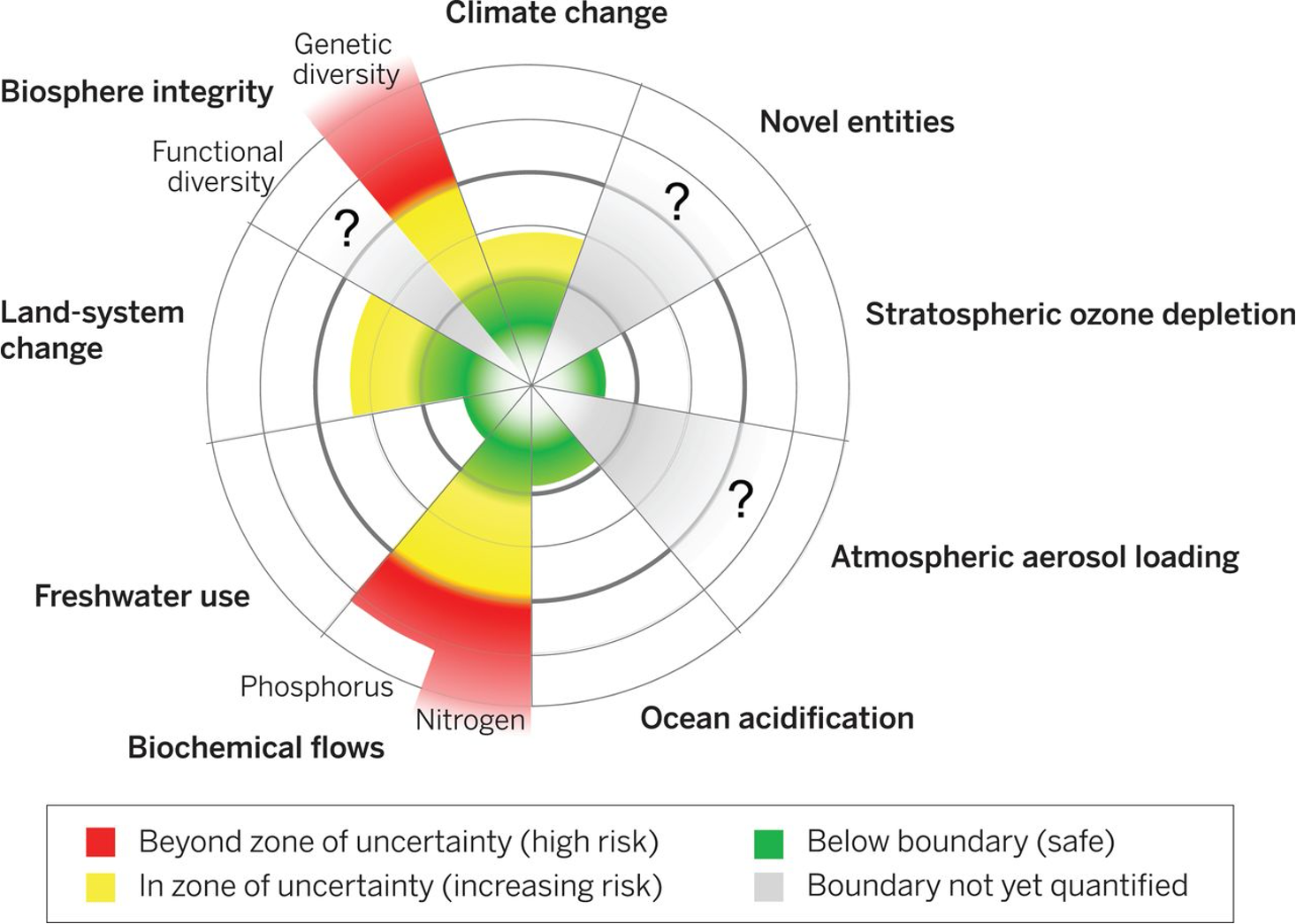
Figure 2: The status of control variables for seven of the planetary boundaries in 2015. 8
Climate protection and intergenerational justice
The development of effective sustainability policy is becoming ever more important. According to a United Nations report, the global population is set to grow by 2 billion over the next 30 years, from 7.7 billion today to 9.7 billion in 2050. This population growth coupled with ecosystem limits is already causing increasing social tensions at both a regional and global level.
Various different groups in society are calling for the fair distribution of available resources, including across the generations. On 20 August 2018, the then 15-year-old Greta Thunberg went on strike in front of the Swedish Parliament for better climate protection and a future worth living for her generation. Since then, a global movement known as "Fridays for Future" has emerged and has shifted the focus of the public debate. Climate change has become a defining issue of our times in our private lives, on social media and in politics. 7 13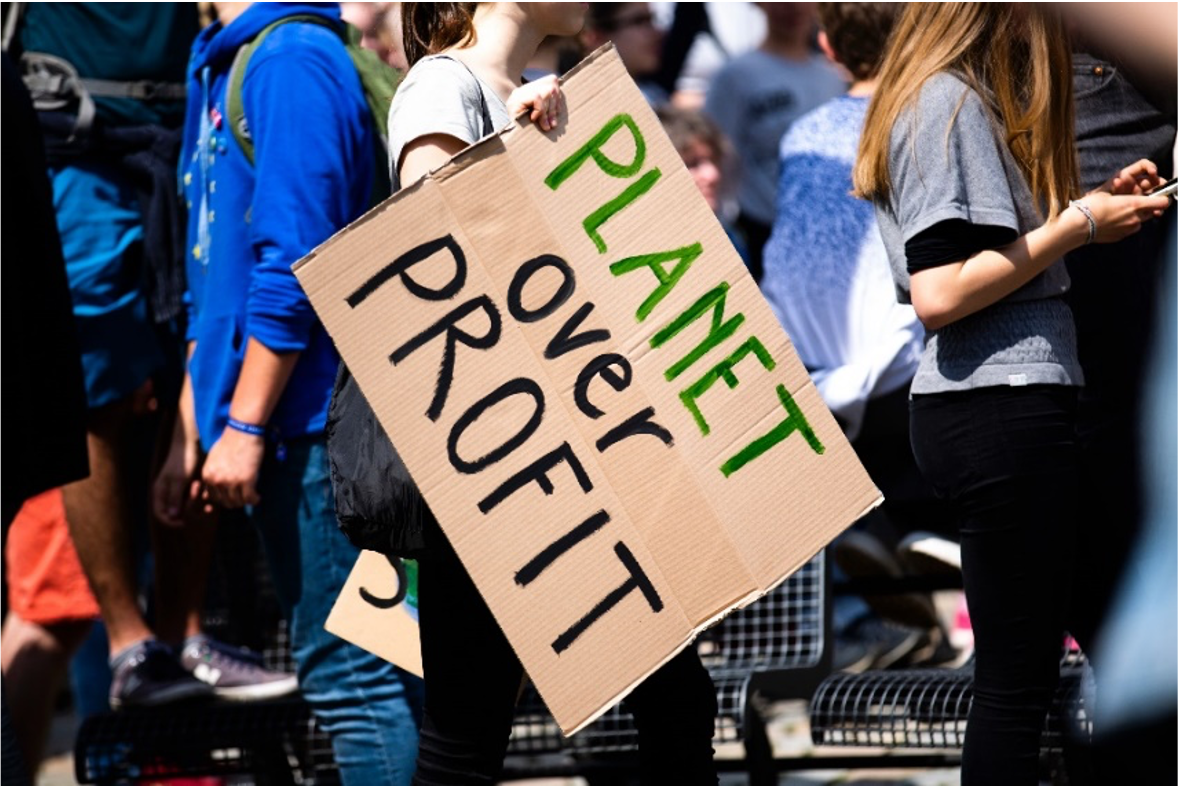
Figure 3: "Fridays for Future" climate protection demonstration. 7
The concept of sustainable development
The concept of sustainable development is a potential solution to ecological and social conflicts: sustainable development is a normative i.e. values-based model, with justice the most important of those values. Indeed, justice is particularly significant with regard to the management of dwindling resources and climate change. Who is allowed to consume how many resources or emit how much greenhouse gas?
A distinction is drawn between two forms of justice:
- Intragenerational or global justice means justice between the people alive today, globally. Everyone on this earth should be able to satisfy their needs and live in dignity.
- Intergenerational justice means justice between current and future generations. It is achieved if future generations' opportunities to satisfy their needs are at least as great as those of today's generation.
Sustainable development is thus a way of keeping the world balanced. It is about not living at the expense of those in other regions of the world or at the expense of future generations. A balance must be achieved between the three dimensions of sustainability – society, the environment and the economy – with all three dimensions on an equal footing. 3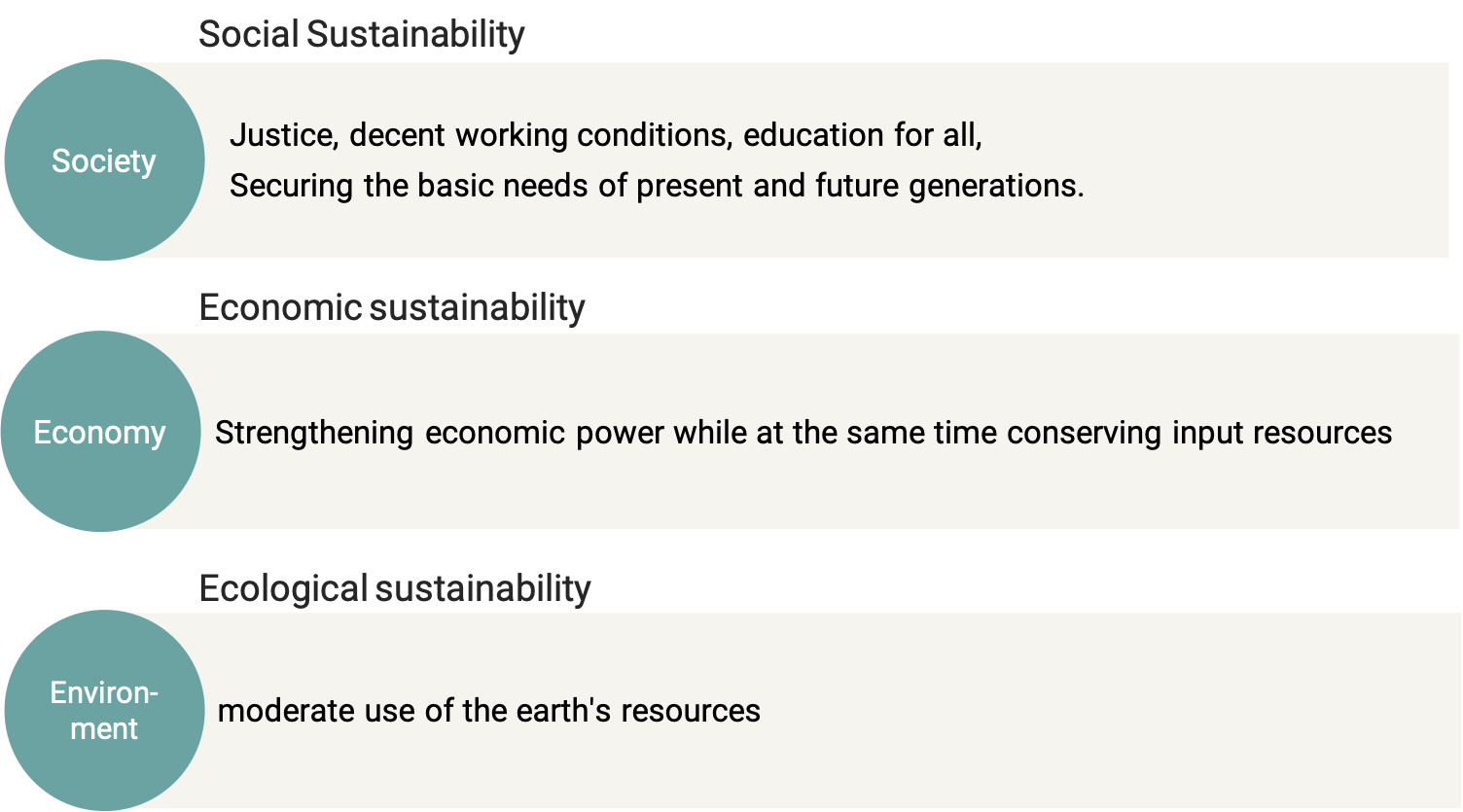
1.1.3 Sustainability models A number of different models seek to express the dimensions of sustainability. Opinions on how the dimensions should be weighted vary widely. There can also be conflicting objectives – two dimensions that are difficult to reconcile or are even mutually exclusive. In such cases, the various dimensions need to be weighed up or priorities set. 3 6 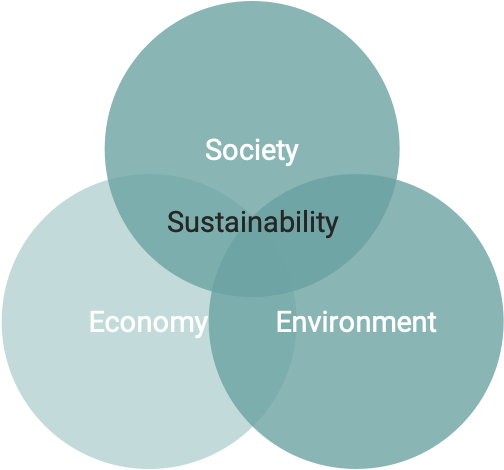
The intersection model sees the three dimensions as overlapping areas with sustainability in common. 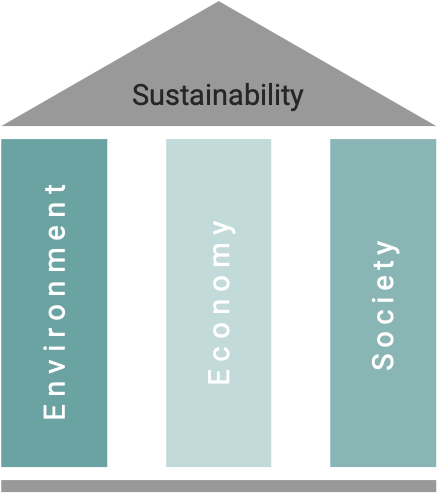
The widely used three-pillar model presents the three dimensions of sustainability as pillars supporting the overarching theme of sustainability. 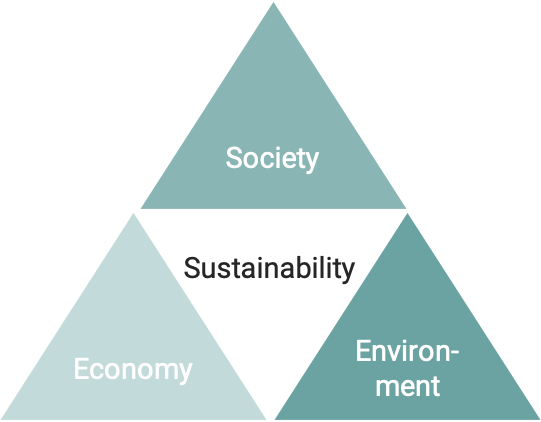
The sustainability triangle combines all three dimensions in one whole. 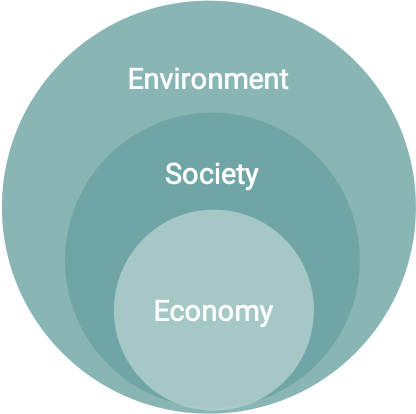
The concentric circles approach weights the three dimensions. In this model, ecology comes before social and economic issues..
1.1.4 The history of sustainability Sustainability started in forestry
The principle of sustainability was first applied in forestry. In 1713, Hans Carl von Carlowitz wrote "Sylvicultura oeconomica ", in which he warned that the number of trees removed from a forest should not exceed the number that could be replanted or would grow in their place. He laid the foundations for the concept of sustainability, which states that actions now must take account of the wellbeing of future generations. 2 
The Limits to Growth
In 1972, the Club of Rome – an organisation with members from science and academia, business and heads of state from various countries – published "The Limits to Growth: Report of the Club of Rome on the State of Humanity. " The report warns that the Earth's global natural system, in which we all live, will stop being able to support current rates of economic and population growth, even with advanced technology, by 2100 at the latest. The report was drawn up by a team of researchers led by Dennis Meadows. 5 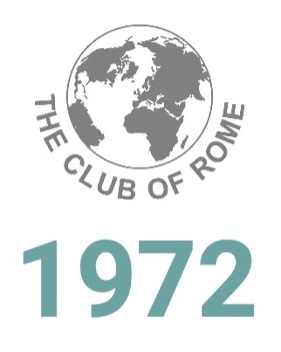
Our Common Future
In 1987, the World Commission on Environment and Development published the Brundtland report entitled "Our Common Future: Report of the World Commission on Environment and Development ". The report defined the term "sustainable development " for the first time:
"sustainable development is development that meets the needs of the present without compromising the ability of future generations to meet their own needs. " 15
Agenda 21
At the 1992 United Nations Conference on Environment and Development in Rio de Janeiro, representatives from 178 countries met to discuss environmental and development policy issues for the 21st century. The concept of sustainable development was recognised as an international model. Underlying this was a recognition that economic efficiency, social justice and the safeguarding of natural resources are equally important, complementary interests that are all essential for survival. The key outcome of Rio was Agenda 21, a sustainability action plan for the 21st century. 10 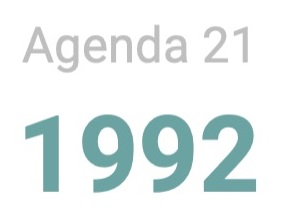
Millennium Development Goals
In 2000, representatives of the participating countries developed the Millennium Development Goals (MDGs) in New York to combat extreme poverty. Eight goals were to be achieved by 2015. The goals helped lift more than a billion people out of extreme poverty, reduce hunger, allow more girls than ever before to attend school, and protect planet Earth. However, the Millennium Development Goals have only been partially achieved. The Sustainable Development Goals (SDGs) were formulated as a follow-up agenda for the period up to 2030. 11 
1.1.5 Agenda 2030: Sustainable Development Goals In 2015, the United Nations adopted Agenda 2030, which sets out 17 goals for sustainable development. These 17 Sustainable Development Goals (SDGs) apply to all countries, businesses and every individual citizen and cover the three areas of sustainability: economic, social and environmental.
The 17 SDGs include 169 targets and are a universal call to action. Achieving the goals will require strong partnerships and involvement by all societal actors.
Universities and other higher education institutions also have a crucial role to play in helping society to achieve the SDGs. Through their research, teaching and campus operations, they help students to develop the knowledge, skills and mindset they need to contribute to solving the complex challenges of sustainable development. 14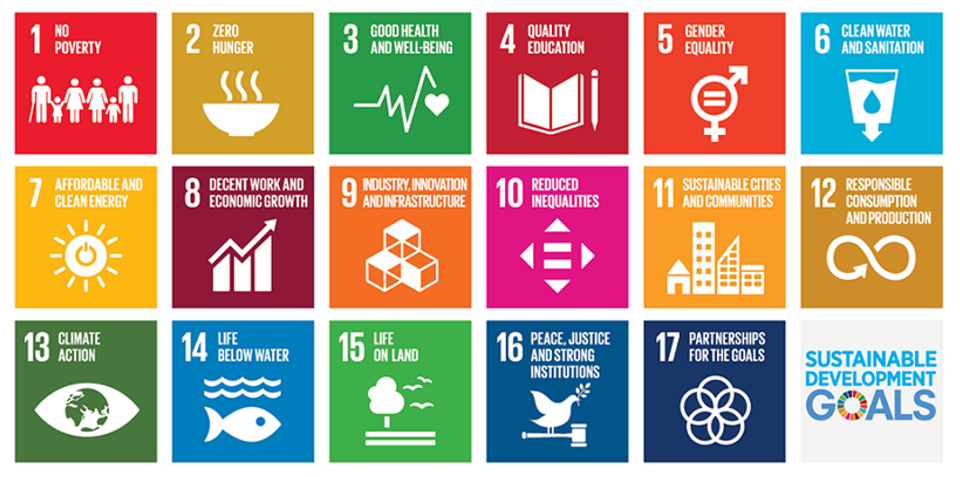

The SDGs in figures
This Video shows how the goals can be achieved with a collective commitment. The overview it provides has been made possible by global accounting of progress on the basis of tailored indicators.
Commitment to a measurable contribution to SDGs
Many successful examples are already showing that the Sustainable Development Goals (SDGs) can be achieved. Success often depends on cooperation and interaction between multiple actors, for the SDGs can only be realised with strong global partnerships. 9 
Now it's your turn!
You too can help to limit global warming and take care of our planet. By changing your habits and making choices that have a less harmful impact on the environment, you can build a more sustainable world. Follow the link to participate digitally in the UN initiative ActNow. https://www.un.org/en/actnow
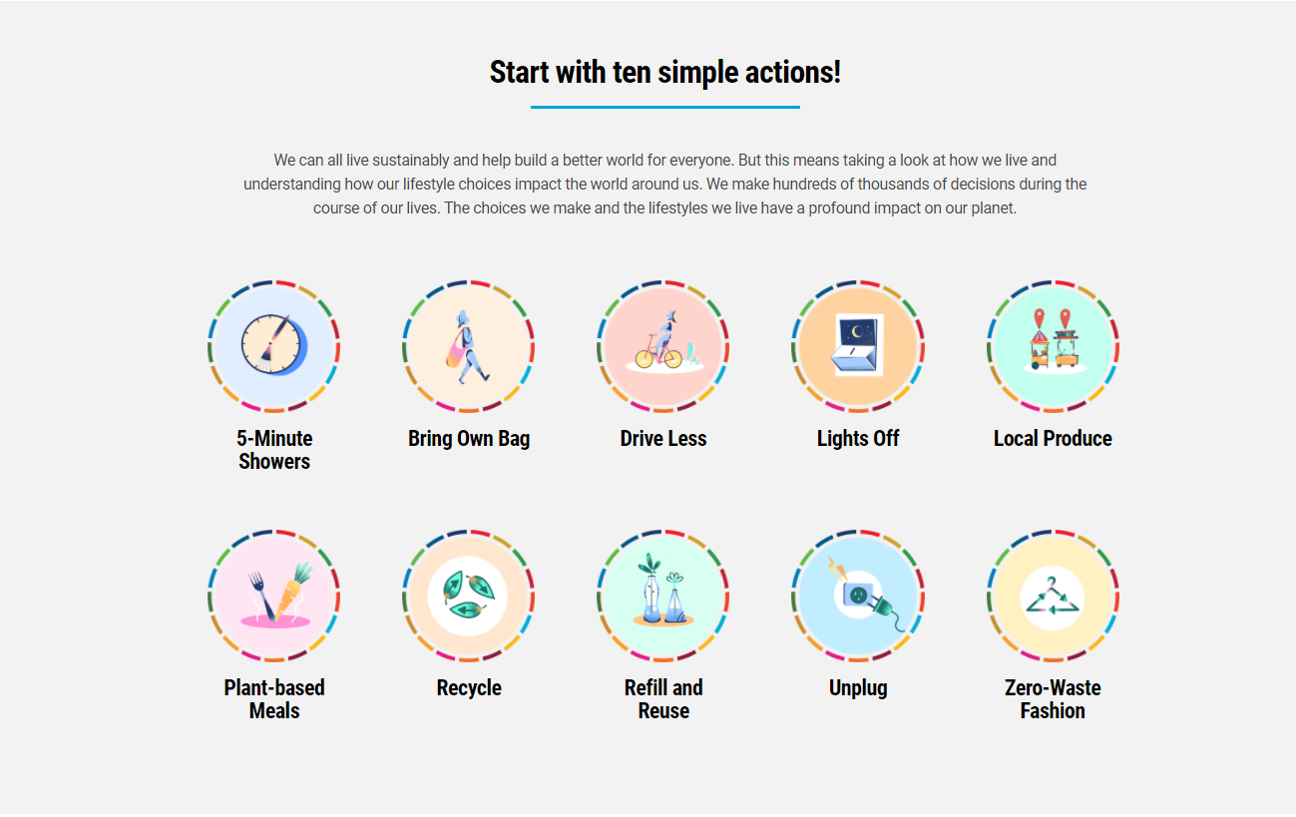
Figure 6: The UN ActNow initiative. 12Table of figures
- Figure 1: The ecological footprint in 1961 and in 2020. 1
- Figure 2: The status of control variables for seven of the planetary boundaries in 2015. 8
- Figure 3: "Fridays for Future" climate protection demonstration. 7
- Figure 4: The three dimensions of sustainability. 3
- Figure 5: The Sustainable Development Goals (SDGs). 14
- Figure 6: The UN ActNow initiative. 12
Bibliography
- [1] Earth Overshoot Day. (5. Juni 2020). Earth Overshoot Day is August 22, more than three weeks later than last year [Press release]. URL
- [2] Hamberger, J., Carlowitz, H. C. von & Mehler, R. (Hrsg.). (2013). Sylvicultura oeconomica: Oder Haußwirthliche Nachricht und Naturmäßige Anweisung zur Wilden Baum-Zucht [Nachdr. der Ausg.] Leipzig 1713). oekom-verl. Ges. für ökologische Kommunikation.
- [3] Kropp, A. (2019). Grundlagen der Nachhaltigen Entwicklung: Handlungsmöglichkeiten und Strategien zur Umsetzung. essentials. Springer Gabler.
- [4] Marzelli, S. (2012). Der Wert der Natur für Wirtschaft und Gesellschaft: Eine Einführung ; ein Beitrag Deutschlands zum internationalen TEEB-Prozess (2. Aufl.). Naturkapital Deutschland - TEEB DE. ifuplan.
- [5] Meadows, D. L. (2000). Die Grenzen des Wachstums: Bericht des Club of Rome zur Lage der Menschheit (17. Aufl.). Dt. Verl.-Anst.
- [6] Purvis, B.; Mao, Y.; Robinson, D. (2019). Three pillars of sustainability: in search of conceptual origins. Sustainability Science, 14(3), 681–695.
- [7] Schirmer, S., Kainz, C. & Blickle, P. (20. August 2019). Greta Thunberg: Am Anfang saß ein Mädchen auf der Straße. ZEIT Campus. URL
- [8] Steffen, e. a. (2015). Planetary boundaries: Guiding human development on a changing planet | Science.
- [9] Sustainable Development Solutions Network. (2020). Accelerating Education for the SDGs in Universities: A guide for universities, colleges, and tertiary and higher education institutions.
- [10] United Nations. (1992). Agenda 21: Konferenz der Vereinten Nationen für Umwelt und Entwicklung.
- [11] United Nations. (2015). The Millennium Development Goals Report 2015.
- [12] United Nations. (22. Juni 2021). Act Now | United Nations. https://www.un.org/en/actnow
- [13] United Nations, Department of Economic and Social Affairs; Population Division. (2019). World Population Prospects 2019: Highlights.
- [14] United Nations Sustainable Development. (22. Juni 2021). The Sustainable Development Agenda. URL
- [15] World Commission on Environment and Development. (1987). Our Common Future: Report of the World Commission on Environment and Development.
-
